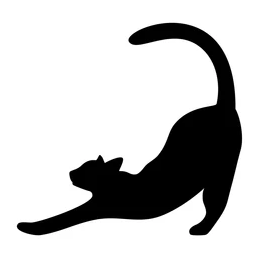Nigeria Pumps Additional 45,000bpd Crude Oil in July As Govt Activates Two More Oil Rigs

With the Organisation of Petroleum Exporting Countries (OPEC) gradually easing its tight hold on crude oil production brought about by the Covid-19-induced oversupply and waning demand, Nigeria pumped an additional 45,000 barrels of the commodity in July, THISDAY has gathered.
However, despite the July increase, Nigeria’s production figure remained a far cry from its 2 million daily target before the market crisis, which started in the first quarter of 2020.
Following the increase, according to the cartel’s Monthly Oil Market Report (MOMR) for August, the country produced 1.437 million barrels of crude oil per day, excluding condensates, which are not part of the quota controlled by OPEC.
The 1.437 million bpd new crude production is however, an improvement on the previous month of June, where 1.392 million barrels were pumped per day, whereas in May it stood at 1.410 million bpd.
In all, total OPEC members’ daily production for July was 26.657 million bpd, an increase of roughly 637,000 bpd when compared with 26 million bpd in June and 25.4 million bpd in May.
Nigeria’s oil rig count also increased in the month under review in apparent preparedness for the new quota, which was assigned by the oil producers’ group, which takes off this month.
A rig count is an official listing of all the oil and gas rigs that are operational at a certain location and demonstrates the necessary details such as the location of each rig and its functional status.
It is an important procedure as it helps to get an insight of the active number of drilling rigs that are installed on both offshore and onshore sites and helps in collecting data that assists in analysing several factors indicating the status of drilling activities.
Nigeria’s oil rig count which was 13 in 2018, rose to 16 in 2019, fell to 11 in 2020, a total negative difference of five rigs between 2019 and 2020, according to the OPEC document.
The situation particularly worsened in the third quarter of 2020, when it fell to eight, then seven in the fourth quarter of 2020, six in Q1, 2021, five in Q2 this year, five in June, but increased to seven in July, a positive difference of two rigs, month-to-month.
As expected, in July, Saudi Arabia had the highest list of active oil rigs among the 13-member OPEC countries with 57, followed by the United Arab Emirates (UAE) with 43, Iraq had 41, Venezuela had 25 active rigs, followed by Kuwait with 24, while Algeria came tops in Africa with 21.
For the month of July, total OPEC rig count was 356 as against 354 in June, while total world rig count stood at 1,486, mainly led by the United States, which had a total of 483.
On Nigeria’s economic outlook for the month, OPEC stated that its July Purchasing Managers Index (PMI) readings continued to be above the threshold level of 50 points for the second month in a row in Nigeria, pointing to an improvement in business conditions and a recovery in non-oil activities, rising to 55.4, up from 53.6 in June.
The PMI is an index of the prevailing direction of economic trends in the manufacturing and service sectors and provides information about current and future business conditions to company decision makers, analysts and investors.
OPEC stated that while there is a glitter of hope that some recovery was in the offing, the Delta variant of Covid-19 which has found its way into Nigeria may increase uncertainties as the government revs up actions to keep it in check.
“This was the strongest reading since January 2020, amid faster growth in non-oil output, new orders, purchases and higher employment. The average reading for 2Q21 also came in at 53.6, which is higher than the 1Q21 average of 51.9.
“Although, there is optimism about output prospects going forward, uncertainties remain high due to the Delta variant. Additionally, price pressures increased as the Consumer Price Index (CPI) reached 17.8 per cent y-o-y in July, though it has slightly eased from the 17.9 per cent y-o-y seen in June. CPI edged up on a monthly basis by 1.1 per cent, following 1.0 per cent the previous month,” the report said.
By This Day.



